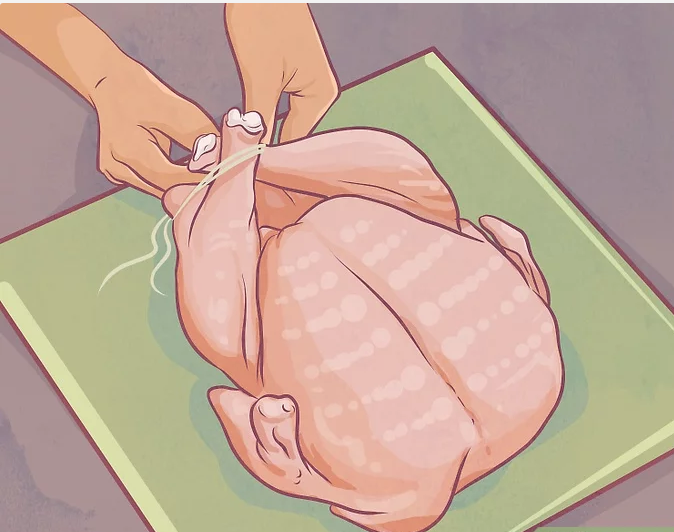Why Do We Say Truss
Ask almost any kid to draw a house, and chances are it’s going to be a box with a triangle on top. The triangle, better known as a truss, is an intuitive architectural achievement that allows for large spans across the interior and weather-shedding on the exterior. It’s been in known use for over 4,000 years and we can only conjecture its use before then. We do know that the ancient Romans used trusses in both their buildings and bridges, and the oldest working monastery in the world, Saint Catherine’s in Egypt, still has a roof held up by the oldest king truss we know of, and was built in the mid-500s.
At the time, the ancient Romans would have called this piece of roof system a torqueue, as in “torque” or “twisting.” It likely was referencing how trusses were attached to the rafters or top plates. Our main clue comes from what Middle English took from the French language to call it: trusser, which means “to bind, tie, or bundle.”
While modern trusses do usually come in bundles, this term more likely evolved from the purpose of a truss, which is to structurally tie the walls and roof together. We also truss a turkey when we tie its little leg bones together. A bride can bring her trousseau with her, which was a bundle of her belongings; and we use a truss bandage to bind a hernia.
Funny enough, the French language does *not* call a truss a truss, even though it’s her word originally. Instead, it is called a ferme (single truss) or a charpente (truss system). Note that a charpente is absolutely related to the word charpentièr, which is where English gets the word “carpenter”. Perhaps it’s because building a truss is something only a true master carpenter can accomplish? ;-)
So, that’s why we say truss.






